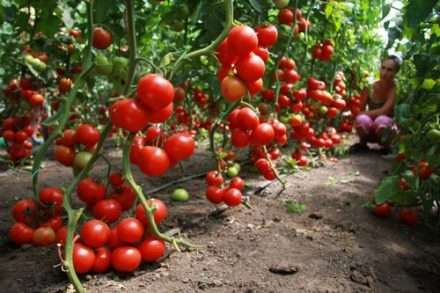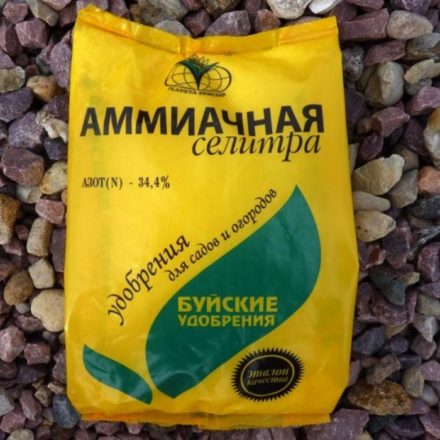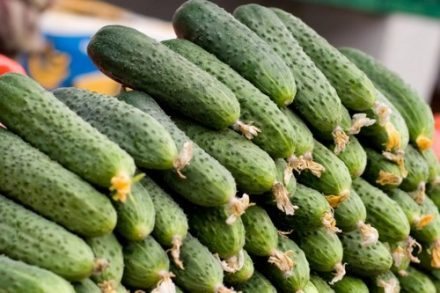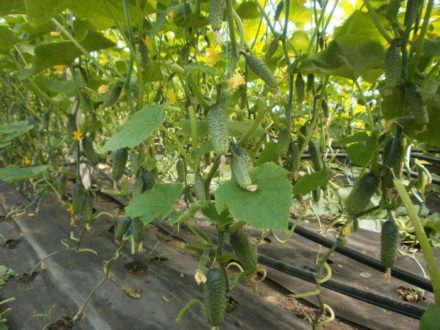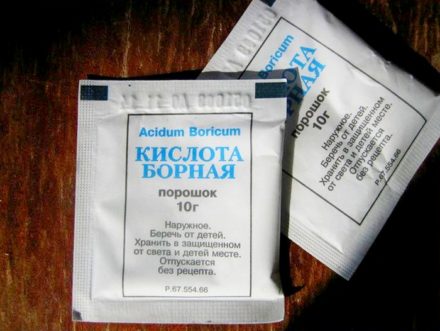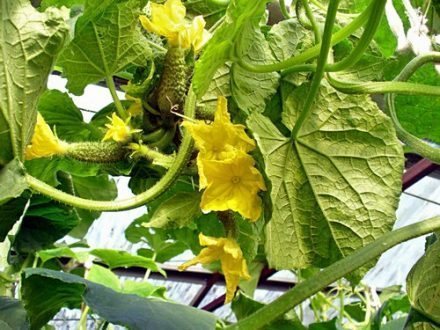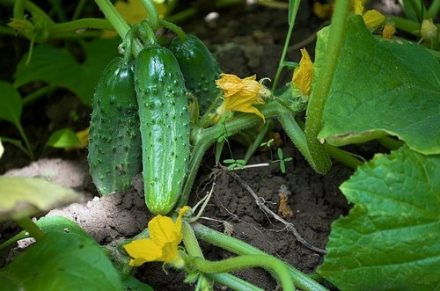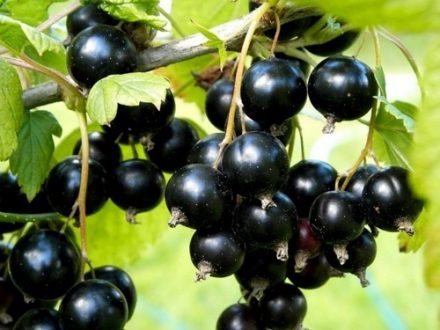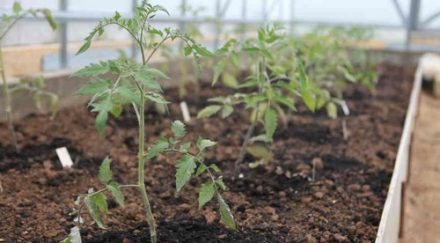Foliar feeding of cucumbers ensures high-quality growth of the crop by saturating the foliage with minerals and vitamins. Complementary feeding with chemical and folk remedies repels pests and resists viruses. If it is difficult to understand the nature of the problem, you can alternate feeding and monitor the reaction of the bush.
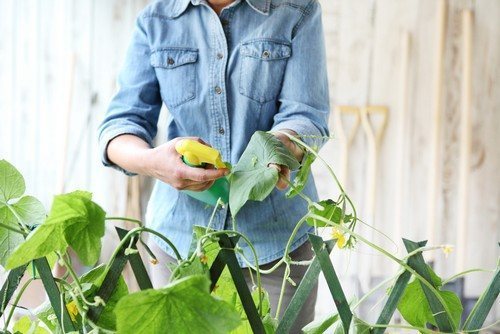
Urea
It should be used when there is a lack of nitrogen: the bushes turn yellow, the leaves from the bushes fall off and turn yellow, and the yield decreases. The fertilizer is suitable for controlling weevils and aphids. It is more effective and faster to spray the bushes immediately after planting seedlings and after 14 days.
Recipe:
- 10–12 liters of water at room temperature;
- 15 g urea.
Treatment:
- Dilute the fertilizer until completely dissolved.
- Using a garden sprayer, irrigate the stems and foliage of the seedlings with the solution.
Use urea fresh after dilution, without leaving it for the next treatment.
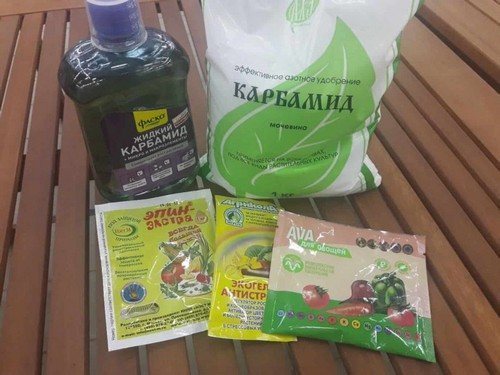
Boric acid
Increases productivity due to the flow of oxygen to garden crops, improves growth, and saturates with calcium. The drug will rid cucumbers of wilted areas on the greenery and will increase the number of ovaries. It is better to feed plants before fruit set.
Cooking method:
- 10–12 liters of warm water;
- 10 g acid.
Application method:
- Dilute boric acid in a bucket of hot water to dissolve the particles.
- Cool the solution and spray over entire foliage.
The substance will increase the resistance of cucumbers to infectious damage, cold and heat.
Interesting! For pollinating insects, add sugar or natural honey to the solution before application.
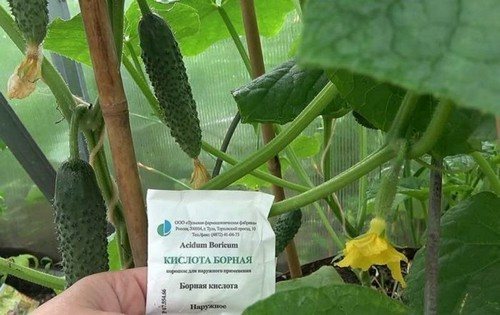
Saltpeter
Nitrate increases the speed of crop development and harvest volume. The drug will protect seedlings from spider mites and mucus.
Components:
- 1 bucket of water;
- 20 g of saltpeter.
Mode of application:
- Irrigate the cucumbers with saltpeter solution during growth with a break of about 7–10 days.
Complete fertilizing before active fruit ripening begins.
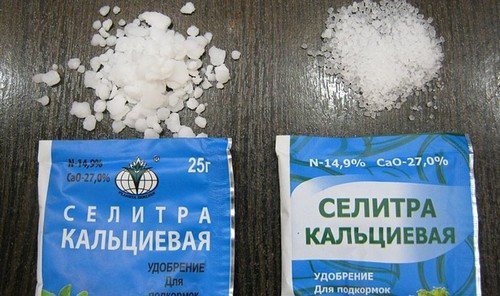
Iodine solution
Cucumbers are weak during the first flowering period. To protect against pests, prepare:
- 500 ml milk;
- 15 drops of iodine;
- 40 g laundry soap;
- 5 liters of water.
Processing process:
- Cover the leaves with a sprayer every 1.5 weeks.
Iodine disinfects, milk forms a protective film, and soap fixes the composition on the plant.
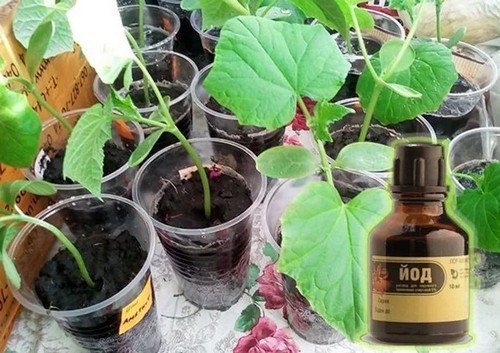
Yeast
When yeast is diluted with water, compounds are formed that increase the growth of seedlings. The composition saturates the crops with carbohydrates and proteins.
Required:
- 5 tbsp. l. dry yeast;
- 5 tbsp. l. Sahara;
- 5 liters of water.
Preparation:
- Heat 1.5 liters of water to 40℃.
- Add yeast and sugar.
- Let the solution brew, stirring the mixture periodically.
- Dilute the resulting concentrate in a ratio of 1/3.5.
Apply to plant vines at the stage of the appearance of tendrils and fruit formation.
Important! Yeast grows during the reaction - you will need a large bucket.
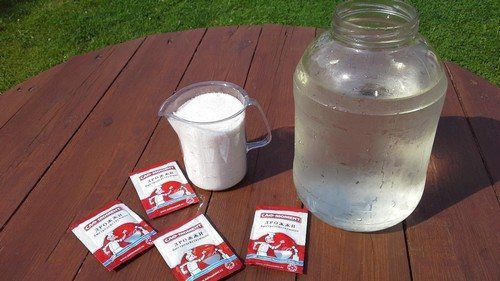
Onion
The husk feeds the cucumber sprouts with phosphorus and potassium. It protects cucumbers from pests and strengthens the immune system.
For the solution you need:
- bucket 10 liters of water;
- 40 g dry husk.
Treatment:
- Leave the mixture of water and husks in a warm place for 96 hours.
- Filter the liquid and fill it into the sprayer.
- Process cucumbers once every two weeks.
If there are a large number of insect pests, fertilize once every 5 days.
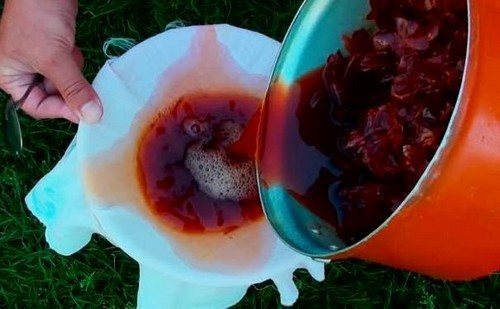
Fertilizing cucumbers with irrigation is a method of influencing the problems of garden crops. Spraying with an active solution from a spray bottle restores the deficiency of microelements, protects against pests and increases the yield of cucumbers on the site.


